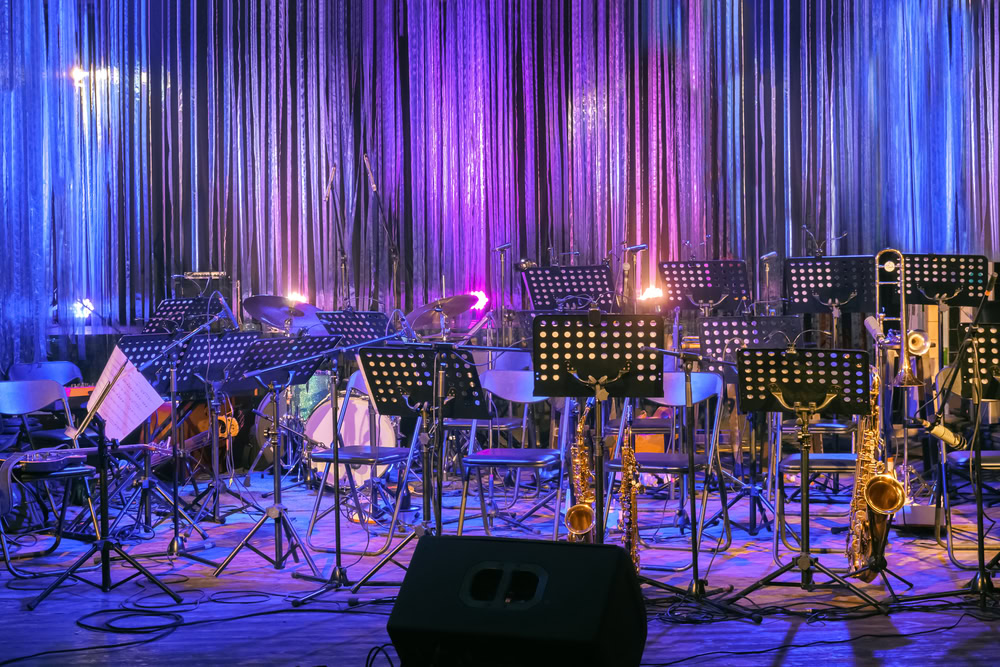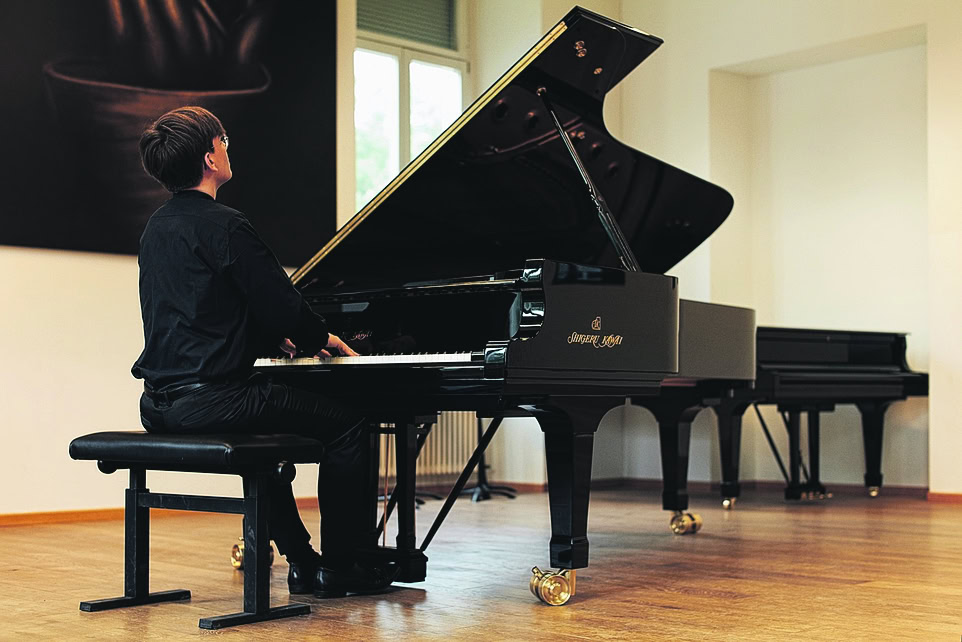Warning signal pain
Playing less can help with acute pain. Chronic pain forces you to rethink your entire approach to life. This is usually only possible with professional help.

Martina Berchtold-Neumann - Unfortunately, pain is a very common topic in musician's medical consultations and is a leading symptom in the majority of musician-specific illnesses. A distinction must be made between acute and chronic pain. The IASP (International Association for the Study of Pain) describes the following differences: Acute pain has a warning and protective function. It is usually linked to recognizable triggers, is usually localized and can be described, and is accompanied by autonomic and endocrine activation and stress reactions. Chronic pain is defined as pain lasting three to six months or longer. It can occur both in connection with a persistent illness as well as detached from structural changes as an independent illness.
Chronic pain is increasingly shaping the way we live our lives. It is characterized by complex biological, psychological and social interactions. Acute pain usually triggers appropriate behaviors. Going to the doctor can ensure that someone takes care of this suffering. Chronic pain, on the other hand, loses its positive protective effect. Living with pain becomes the normal state with the risk of a resigned attitude to life. The treatment of chronic pain requires patience and perseverance as well as a multimodal and interdisciplinary approach.
There are two aspects to pain - on the one hand it is a sensory perception, on the other an affect. You cannot speak of pain without also addressing the adversity in it - it evokes the motivation to get rid of it as quickly as possible. Moreover, pain is a tyrant. Usually without much notice, it breaks into our lives and makes its presence felt. From this moment on, it occupies our existence. It takes us captive.
Epidemiological studies reveal a fairly consistent picture: 40 to 60 percent of orchestra members and instrumental teachers at music schools suffer from back pain that interferes with the practice of music. But even students suffer from physical complaints. It can be assumed that at least 45 percent of them visit a consultation due to music-specific health problems.
The therapy of pain
Physical and psychological dysfunctions interact in the development and chronification of pain. Pain makes the limits of performance visible. If one's own body was previously instrumentalized in order to be able to make music - often against obvious physical warning signals - it now takes center stage itself and demands "its right". Musicians must therefore engage in self-reflection and critically question their practice, behavior, habits and obligations. These include questions about the self-concept, performance orientation and attitude towards the music profession. While temporary abstinence or a reduction in instrumental playing can be successful in the case of acute pain, chronic pain requires a much more fundamental rethink of the entire concept of life. This can usually only be achieved with the support of specialists from the fields of medicine, psychology, physiotherapy and other therapeutic disciplines.
The Swiss Society for Music Medicine (SMM) has such a pool of specialists throughout Switzerland who can be consulted depending on the individual problem. This year's symposium "Warning Signal Pain" in Lucerne will also provide an insight into the topic. The most important current views and experiences, including those from our musician consultations, will be presented and discussed here.
Martina Berchtold-Neumann
... is a qualified psychologist FSP and President SMM
This year, the symposium of the SMM will be dedicated to " la douleur comme signal d'alarme ". It will take place on October 27 in Lucerne.








